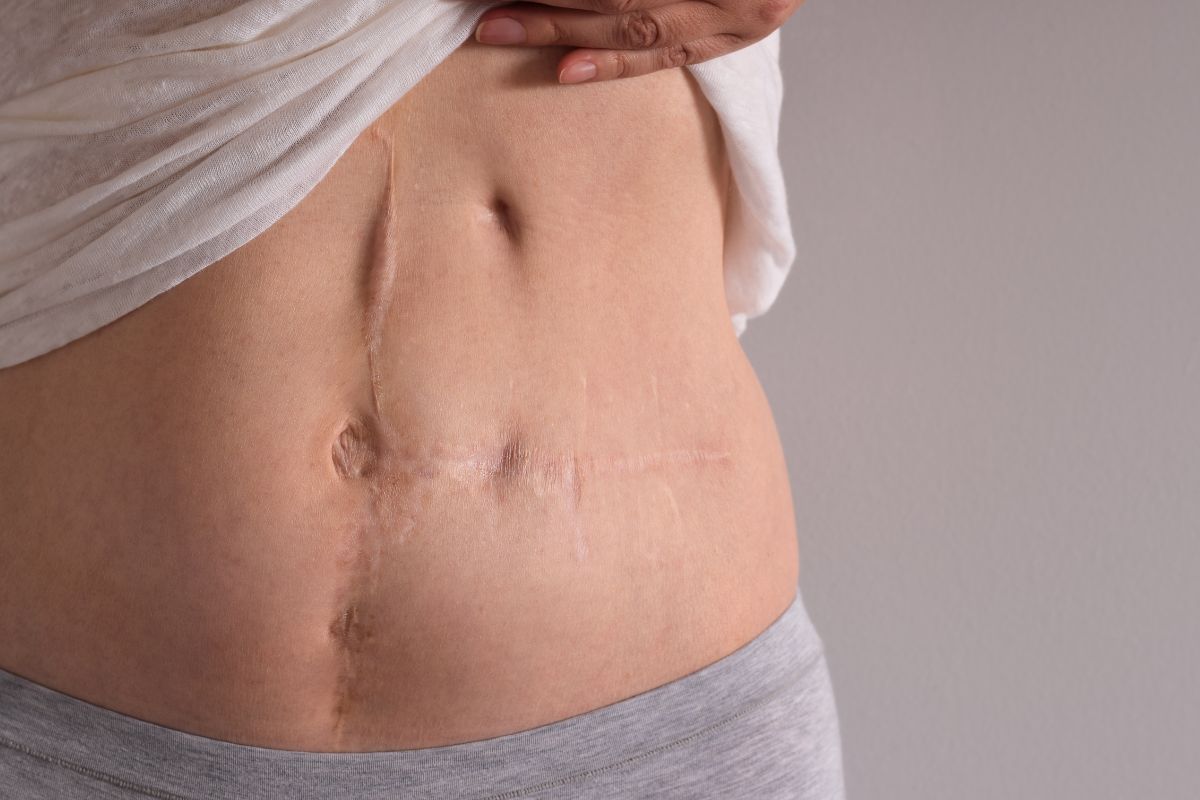Hysterectomy, or the surgical removal of the uterus, was spoken about in hushed tones, laden with shame, and assumed loss of perceived femininity. It is something women usually feel pressured to keep private, as if, without a uterus, they are somehow incomplete.
This is a toxic narrative, one that’s finally crumbling. More and more, women speak out about their hysterectomy experiences without stigma and take ownership of their bodies and stories. Social media gives greater amplification to these voices as communities and hashtags form a place where women share journeys from debilitating symptoms to surgical decisions to recover and beyond.
This is a cultural shift that matters profoundly because it normalises a common procedure that affects millions, affirms women’s authority over their own bodies, and provides information for them to make empowered choices.
Knowledge of why hysterectomy is performed, what the procedure involves, and how to approach such a major medical decision helps women who are facing this possibility feel less isolated and more confident in their actions to advocate for their health needs.
Why Women Have Hysterectomies
It is not for one reason that hysterectomy is performed, and many other conditions may lead to this decision for surgery, all with different urgencies and treatment alternatives. These growths in the uterus are called fibroids and are benign, causing heavy bleeding, pelvic pain, and pressure symptoms affecting millions of women in the end.

Other treatments, however-such as myomectomy, which is the removal of the fibroids whereby the uterus is preserved, or less invasive methods of treatment-should always be discussed first, especially for women desiring to retain fertility.
This can help to normalise the procedure and de-stigmatise the view that hysterectomy is somehow a failure or a last resort to be avoided at all costs, knowing there are so many valid reasons.
Types of Hysterectomy and What They Mean
Hysterectomy isn’t one-size-fits-all different surgical approaches and extents exist and there is variation in the extent of surgery. Your type of procedure would depend on your particular condition, anatomy, and your surgeon’s expertise. Knowing these variations aids you in discussing options intelligently with healthcare providers and helps you understand exactly what your specific surgery entails.
A partial (subtotal) hysterectomy removes the uterus while leaving the cervix intact. However, this approach has somewhat fallen out of favour in practice since retained cervixes still require ongoing screening and can sometimes become problematic, with little advantage over complete uterine removal.
Total hysterectomy involves the removal of the uterus along with the cervix and is the most common type. Your ovaries remain, meaning you won’t experience surgical menopause if you’re premenopausal. The production of hormones continues normally, though menstruation obviously stops permanently.
The abdominal hysterectomy allows the surgeon to get to larger uteruses, or if intricate surgery is necessary, via a larger lower abdominal incision. Recovery is the longest, usually 6-8 weeks, before returning to normal activities, but sometimes this approach is medically necessary.
Making the Decision: It’s Your Body
It is a very personal decision to have a hysterectomy because it is based on medical, emotional, psychological, and practical issues. No one can decide for you, nor should anyone influence you either toward or away from surgery based on their values rather than your needs.
Start by making sure you have considered appropriate alternatives. For conditions other than cancer, hysterectomy should be considered only after less invasive treatments have proved inadequate. Have you tried medications for the condition, hormonal treatments, or less extensive surgeries? If not, consider those options extensively before resorting to a hysterectomy. But if you have tried other options and your symptoms remain, don’t let anyone guilt you into enduring continued suffering because a hysterectomy is “too drastic.”
Recovery: What Nobody Tells You
Physical recovery after hysterectomy usually follows predictable timelines, though the course may be variable depending on individual patient experiences. The length of the hospital stay also ranges from 1 to 2 days following laparoscopic surgery and from 3 to 5 days after abdominal surgery. Initial pains are managed with prescribed medicines, which, as the healing progresses, gradually shift to over-the-counter options.

Fatigue is profound and often unexpected. Even a laparoscopic hysterectomy is a major surgery with much to heal. You can expect to be exhausted for weeks. Listen to your body and rest abundantly rather than pushing through because you “should” feel better.
Support systems count a lot. Partners, family, and friends should understand recovery needs and give practical help. Online hysterectomy communities provide invaluable peer support and shared experience that serves to normalise recovery challenges that may otherwise feel isolating.
Life After Hysterectomy: Reclaiming Your Story
Hysterectomy permanently alters your body, but it doesn’t define you. How you integrate this experience into your life story is yours alone to determine. Some women barely think about it once recovered, viewing the procedure as problem solved, life moved forward. Others process complex feelings about lost fertility, changed bodies, or medical experiences for months or years. Both responses—and everything between—are valid.
Having passed through surgical menopause by the removal of the ovaries, hormone replacement therapy often controls the symptoms. Work with specialists to find appropriate regimens of HRT to balance symptom relief against any relevant risk factors. One must not suffer needlessly through menopause symptoms because of outdated fears about HRT-modern evidence supports its use for most women.
For most women, the hysterectomy alleviates symptoms that were debilitating and highly impacting their quality of life. Responses can range from relief to gratitude, and even renewed engagement with life. A balanced perspective on an experience that was simultaneously difficult yet beneficial would be to celebrate this positive outcome while not underestimating the gravity of major surgery.